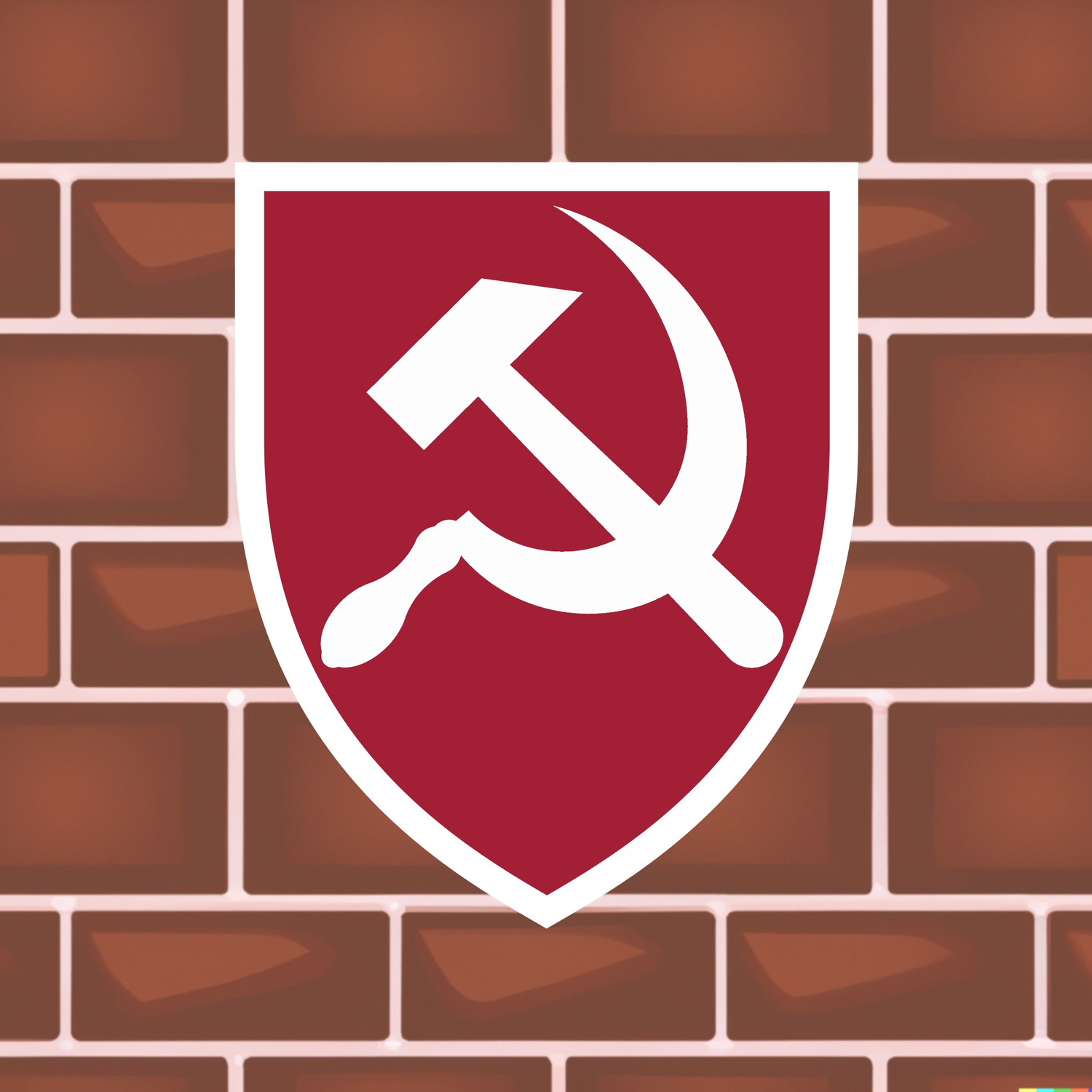
Four Exclamation Points: The Spartacus Youth League
“TROTSKYISM: REVOLUTIONARY MARXISM TODAY” touted a yellow flier on Harvard’s campus in 1981. A student needed only show up to Phillips Brooks House at 7 p.m. on Wednesday to learn about and discuss such topics as “The Cops, The Courts, The Army – the Capitalist State” and “Building the Revolutionary Party.” The reading group was sponsored by the Spartacus Youth League, a communist organization on campus that was active from the ’70s to the ’90s.
The group was founded in the United States in 1966. Revolution was in the air: these were the years just after the 1964 Civil Rights Act, when calls of “Black Power” rang loud and clear. As the organization’s influence grew, a youth offshoot organization known as the Spartacus Youth League emerged.
In Cambridge, the Friends of the Spartacus Youth League, a registered student organization, formed so that non-student SYL leaders could recruit Harvard students to join the league. This included inviting them to the weekly reading group. Not unlike religious recruitment, former SYL member Dean M. Wareham ’85 described the goal of the reading groups as conversion of students to become “full-time revolutionaries.” There, they would study the words of Lenin, Engels, and Trotsky, among others.
The Spartacists first became vocal on campus in the mid-1970s. Spartacists protested the Marxist-Leninist de facto government of Angola and attended a panel of the Boston School Committee. At the panel, protesters chanted “Palladino, Nazi, Ku Klux Klan, Smash the racist scum of the land,” referring to Pixie Palladino, a school committee candidate the group denounced as racist for opposing desegregation busing efforts in Boston schools.
As time passed, the U.S. left the cultural revolution of the ’60s and ’70s behind. Entering the 1980s, public sentiment trended toward concern over recent economic failures and perceived U.S. international weakness. The socially and economically conservative policies of Ronald Reagan gained public support, and during his presidency he slashed taxes and gutted government programs.
Many Harvard students staunchly opposed Reagan’s aggressive Cold War foreign policy, especially those affiliated with the SYL. The U.S. invasion of Grenada in fall 1983 and the Reagan administration’s military aid to El Salvador amid the country’s deadly civil war in particular sparked ire from campus activists.
Against the backdrop of this bloodshed, Reagan’s Secretary of Defense, Caspar W. Weinberger ’38, came to campus to speak at the Law School. In a room full of 1,200 people, Weinberger was disrupted by “dozens of demonstrators, some dressed as Grim Reapers.” Others unfurled upside-down American flags or threw blood-red water balloons at him, according to a 1984 article in The Crimson. Audience members yelled out that he was a “murderer,” along with other derogatory remarks.
After the event, two protesters received warnings from the administration: both members of the Friends of the Spartacus Youth League. It wasn’t the first time that the Spartacists clashed with the administration. Several years earlier, they had been forced to vacate their on-campus office after finding themselves suddenly locked out of their space.
Just as the Spartacists were loud in person, they were equally bold in print. They printed their own newspaper, Young Spartacus, where they proclaimed their thoughts on affairs near and far: “Stop Jim Crow’s Reagan Offensive!” one headline demanded, while another writer took aim at their conservative counterpart, the Salient.
Still more SYL-affiliated students published opinions in The Crimson regarding campus controversies and national crises.
“Forward to the Third American Revolution, a proletarian revolution by a Trotskyist vanguard party with a strong black leadership component. Finish the Civil War--for Black Liberation in a workers' America!!!!” wrote soon-to-be SYL member Carla D. Williams ’86 in a 1984 op-ed.
“I added the last four exclamation points, because the language seemed to call for it,” she finished.
Throughout the 1980s, the Spartacists were active in many political disputes across campus. They could be found protesting the Israeli Ambassador to the United States while calling out “Anit-Zionist slogans” or defending union workers, whether they be Greyhound or food service employees.
In the 1990s, the dissolution of the Soviet Union marked another cultural shift. The U.S. became the unchallenged world superpower and saw greater economic prosperity and social cohesion. In parallel, SYL activity broadly fizzled out.
This was the campus group that had defended the Soviet Union while the United States was locked in the throes of the Cold War. But, with national momentum for the organization fading, Harvard’s chapter could not sustain a robust following. Despite their fiery articles and rambunctious protests, the Spartacists were a small group. Reading groups were generally composed of six to eight participants, and only “a few” were Harvard students.
Eventually, Wareham became disenchanted with the group. It was too much time and effort for a group that, he realized, perhaps wasn’t going to live out the goals it aspired to: “These people are never going to lead a socialist revolution in the United States of America,” he recalls thinking. “It just isn’t gonna happen.” Plus, it could be quite the time commitment: “I didn’t have enough time to see my girlfriend!” Wareham recounts with a slight chuckle.
— Magazine writer Sophia N. Downs can be reached at sophia.downs@thecrimson.com.


